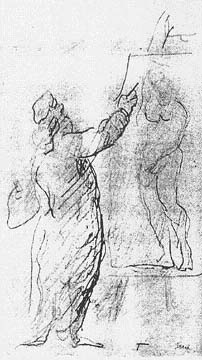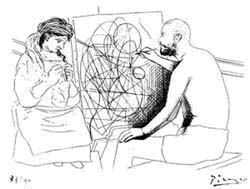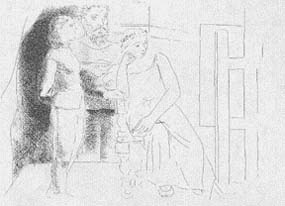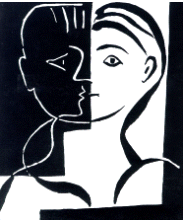 |
 |
||||||||||||||
 |
 |
||||||||||||||
|
The profile below comes from the Honoré de Balzac page on the Classic Reader website. Honoré de Balzac, a French writer and journalist regarded as one of the forerunners of realism, was born in Tours in 1799. In 1814 his middle class family moved to Paris, where he later was trained as a lawyer and attended both the Collège de Vendôme and the Sorbonne. Though he produced several novels prior to 1829, he went largely unnoticed as an author, having to supplement his writing career by working in law offices. He also bought a publishing company and printing house, both of which failed, leaving him in debt. In 1829, however, Le Dernier Chouan (later called Les Chouans) was published. This historical work, written in the manner of Sir Walter Scott, finally garnered Balzac some recognition. Between the years 1830 and 1832 he published six novelettes titled Scènes de la vie pPrivée, and in 1833 he decided to link all of the novels together to mirror the whole of society. In sum, he produced 90 novels and novellas comprised of more than 2,000 characters. These works are collected under the title of La Comédie Humaine. His greatest masterpieces in this compilation are often considered to be Le Père Goriot, Illusions perdues, Les Paysans, La Femme de trente ans, and Eugénie Grandet. There are several recurrent characters, such as Eugène de Rastignac and Henry de Marsay, who make appearances in twenty-five separate novels. Balzac corresponded with a rich Polish friend, Eveline Hanska, for fifteen years before marrying her in 1850. He died three months later. The images below are from a series of illustrations made by Pablo Picasso for Balzac's Chef-d'oeuvre inconnu: 
The artist Frenhofer 
The painter looking at the canvas 
The painter with the model 
Gillette 
Another illustration 
A 1934 drawing, alleged to be Picasso's "unknown masterpiece." (See this web site for a discussion of the Balzac-Picasso connection and of this 1934 drawing in particular.) On that site, Mark Harris argues as follows: Balzac's story is set in the Seventeenth century at a studio in the rue des Grandes-Augustins in Paris. It unfolds around an aging artist called Frenhofer, who is the greatest painter of his day. Frenhofer reveals to two of his ardent admirers, Pourbus and Poussin, that he has been working on a secret painting which has for years consumed all his creative powers. Pourbus and Poussin then scheme to get Frenhofer to show them the painting by procuring a beautiful young model for its completion. When they finally see the Unknown Masterpiece it appears to be nothing but a mess of lines and layers of paint which they immediately interpret as being the work of a raving madman. |